
The 2021 Toyota Yaris GR is all the rage, but young hot hatches like the Ford Fiesta ST, Volkswagen Polo GTI and Renault Clio RS paved the way
Content

The GR Yaris is a success in Australia, where the first 1100 units were sold in just eight weeks.
It seems that even though we're decades behind Europe (and somewhat ahead of North America), the forthcoming Toyota GR Yaris - with its turbocharged three-cylinder engine, high performance promise and ultra-compact footprint - proves that baby -hot hatch — it really is a thing.
And while Australia has been slower than some to embrace the high-performance tiddler concept, it's not like we haven't come across the idea before.
In fact, there is a clear timeline that starts with perhaps the Mini Cooper S (though not a hatchback in the strictest sense) and continues from there.
So what iconic makes and models led us to the GR Yaris and the hype that currently surrounds the concept?
Mitsubishi Colt 1100 SS
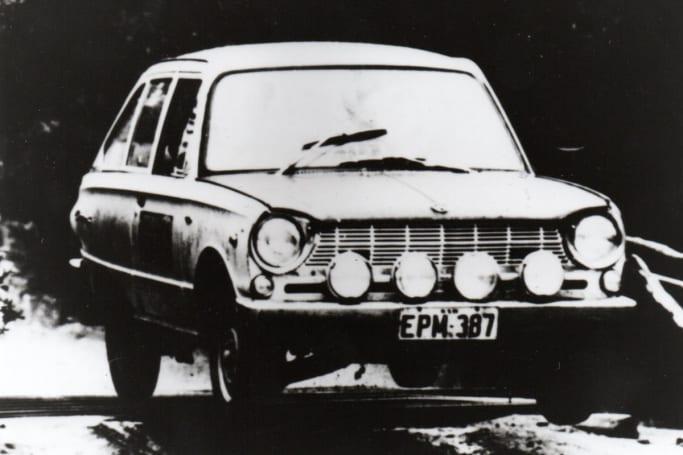 Very few SS Colts made it to Australia, and those that did, mostly crashed at rallies.
Very few SS Colts made it to Australia, and those that did, mostly crashed at rallies.
Although the Cooper S was first seen in 1961, it had pretty good features, and whether it was a true hatchback or not, it took nine of the first ten straight spots in the classic 1966 Bathurst at Mount Panorama.
But in the mid to late 1960s, another true hatchback with a decent pedigree emerged, and like the GR Yaris, it came from Japan.
The Mitsubishi Colt 1000F, and later the 1100F, looked strange from some angles, and the 1100cc pushrod engine cm could hardly be called powerful.
But this thing was light, nimble, and strong, and by the time Mitsubishi added twin carburetors and slightly increased compression, it had made it to the SS model, and in the hands of none other than Colin Bond, Mitsubishi had a rally winner on his arms.
Very few SS Colts made it to Australia, and the ones that did mostly crashed at rallies, so while they're more or less extinct now, it was definitely a hot hatchback in those days.
Daihatsu Sharada Turbo
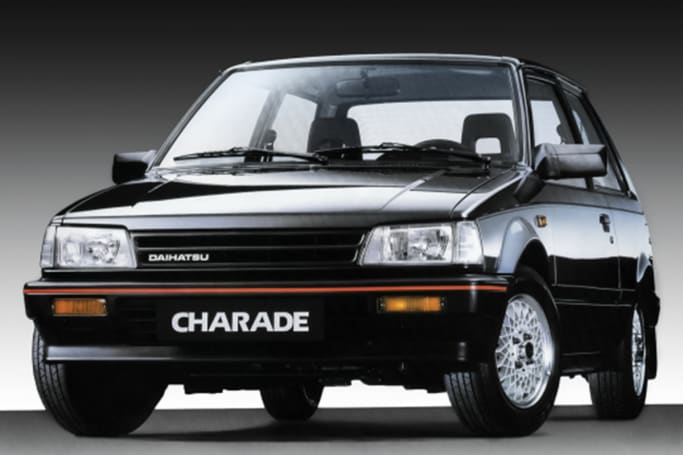 Weighing just 710kg, the Charade was nimble.
Weighing just 710kg, the Charade was nimble.
The 1970s were not the best time for hot hatchbacks in Australia (or performance in general thanks to increasingly tighter emissions controls), and it wasn't until the mid-1980s that things began to improve again. But when things took off, they really did.
Meet a couple of micro beauties in the Suzuki Swift GTi and Daihatsu Charade Turbo. They may have come to similar results, but the paths they took were completely different.
Daihatsu first hit the market in 1985 as the Charade Turbo in G11 form. The car's small tin box, turbocharged three-cylinder engine suddenly made Daihatsu a performance hero and earned a triple-turbo engine over the following decades before the GR Yaris.
And while the Charade could squeeze just 50kW out of its 1.0-litre three-cylinder engine and just 710kg to maneuver, it was still nimble.
Things improved when the concept was carried over to the bigger, more durable 100 G1987 Charade, and although it was now 70+ pounds heavier and had the same power and torque, it was still a lot of fun with a little boomy exhaust sound. which can only produce a three-cylinder engine.
Suzuki Swift GTi
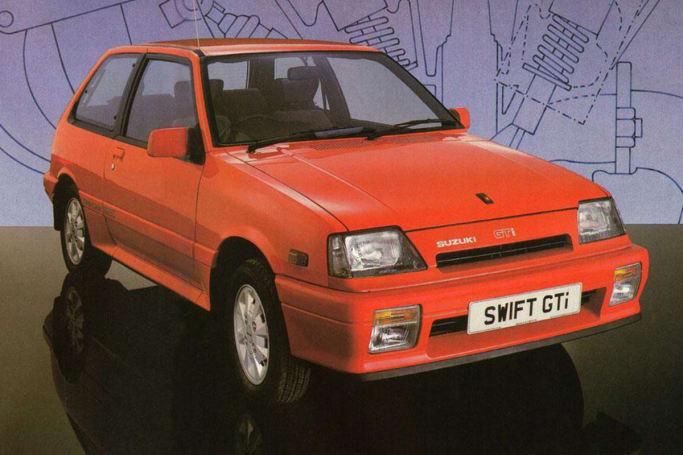 The more solid SF Swift GTi was introduced in 1989.
The more solid SF Swift GTi was introduced in 1989.
Meanwhile, Suzuki introduced the SA-series GTi around the same time, with its 1.3-liter four-cylinder engine (non-turbocharged) with 74kW of power and tricks like double overhead camshafts and four valves per cylinder.
This car was upgraded to a more solid SF model in 1989 with the same mechanical package, and then produced a monstrous 11-year cycle, which even resulted in it becoming the center of a series of races in Australia.
As with the Charade, a five-speed manual was your thing and trim levels were skimpy to say the least, but these cars were meant to be fun on a budget that the GR Yaris sacrificed in its quest for high economy. technique.
Peugeot 205 GTi
The 205 GTi was by far the most exciting Peugeot of its time.
Although VW claims to have invented the hot hatch with the original Golf GTI, the versions sold here were watered-down models (and larger than the hatchbacks we're talking about here), leaving the door of the kid's hot hatch open for another. Euro challenger in the 1980s.
And that company was Peugeot, which gave the concept a big boost in the development of its 205 GTi.
Introduced in late 1987, the 205 GTi embarked on that well-trodden hot hatch path: a dirty big engine in a tiny little car.
The 1.9-liter engine was big, but even then it was hardly high-tech, with a single overhead camshaft and two valves per cylinder (although it was fuel injected).
But it was also a long-stroke design (untypical for Peugeot) and meant it generated a lot of torque; To be precise, 142 Nm at just 3000 rpm, which meant that its modest 75 kW could push a 950-kilogram bodywork quite deftly.
Moreover, it was a lot of fun even to wander around the city, and on the right mountain road it was almost impossible to catch anything else.
Renault Clio RS
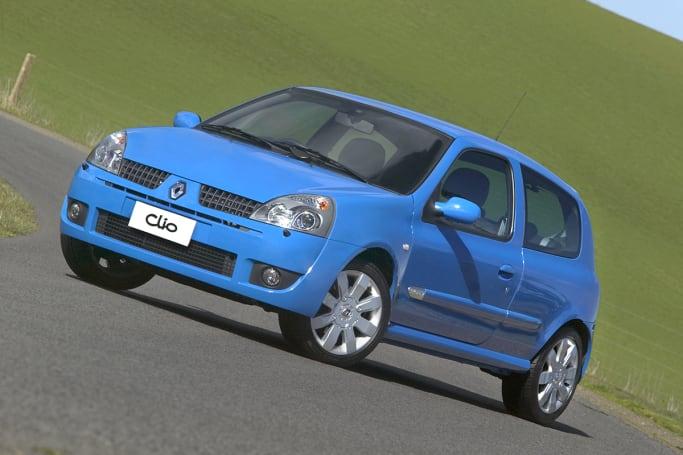 The Clio RS remains a favorite of hot hatch fans around the world.
The Clio RS remains a favorite of hot hatch fans around the world.
Another French big player, Renault, stuck here in 2001 with the release of the Clio RS.
The nugget-looking Clio received a lower mount (causing coil springs to fail on some hard-driven examples), a tubular exhaust, and a high compression ratio of 11.2:1 for the 2.0-liter engine.
This gave the RS 124 very usable kilowatts of power and a full 200Nm of torque, giving it a light suburban feel and a ferocious temperament when you take it seriously.
Handling was smooth and the steering pin sharp, and the RS remains a favorite among hot hatch fans everywhere, not just here.
Volkswagen Polo GTI
 The beautiful Polo boasted 110 kW and 220 Nm of power, but it didn’t feel like it was straining the mechanics.
The beautiful Polo boasted 110 kW and 220 Nm of power, but it didn’t feel like it was straining the mechanics.
Around the turn of the century, Australians really started to take notice of hot hatches, although tiddlers were still sort of an underdog.
The one who definitely lived in the shadow of his older brother was the VW Polo GTI.
While the later version used a finicky twin-supercharged VW engine and DSG transmission, the previous model, the 2005 Polo GTI, used a larger 1.8-litre low-pressure turbo engine (taken from the Audi A4) and a five-speed manual transmission. Transmission.
With styling cues (deep grille) from the Golf GTI, the Polo beauty boasts 110kW and 220Nm, but it doesn't feel like it's straining the mechanical friendship.
Ford Fiesta ST
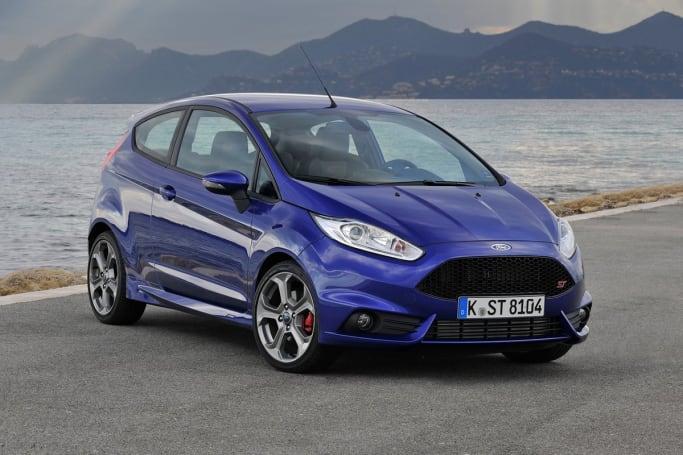 The Fiesta ST was worthy of wearing the RS badge.
The Fiesta ST was worthy of wearing the RS badge.
Another very fast "kid" hot hatch also solidifies Ford's position as one of the greatest manufacturers of fast working-class heroes.
While the world was vying for the Focus RS, Ford quietly brought the Fiesta ST to market in 2013 and created an iconic car in the process.
Suddenly, the promise made by the 4 Fiesta XR2007 has been realized, and with its 1.6-liter turbocharged engine, six-speed manual transmission, Recaro seats, smooth handling and extremely affordable performance, the ST remains a truly unforgettable car.
The only real mystery is why Ford resisted putting the RS (and not ST) badge on it; it was certainly worthy of the name.
Buying any of these aged hot babes now (with the exception of the Fiesta ST) is a step back in terms of standard equipment and, of course, safety.
You will also sacrifice high-performance equipment such as the GR Yaris all-wheel drive platform and the latest engine management and turbocharger technology.
But with the prices that some of these cars are asking for, not to mention the reputation they've built over the years, the GR Yaris definitely has a reason to take their hat off to these tiny trailblazers.